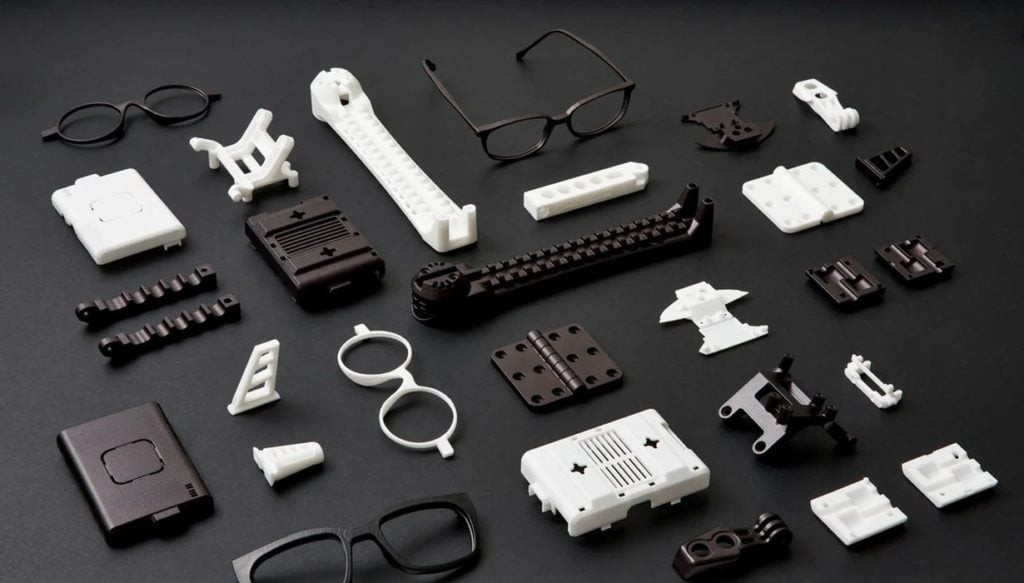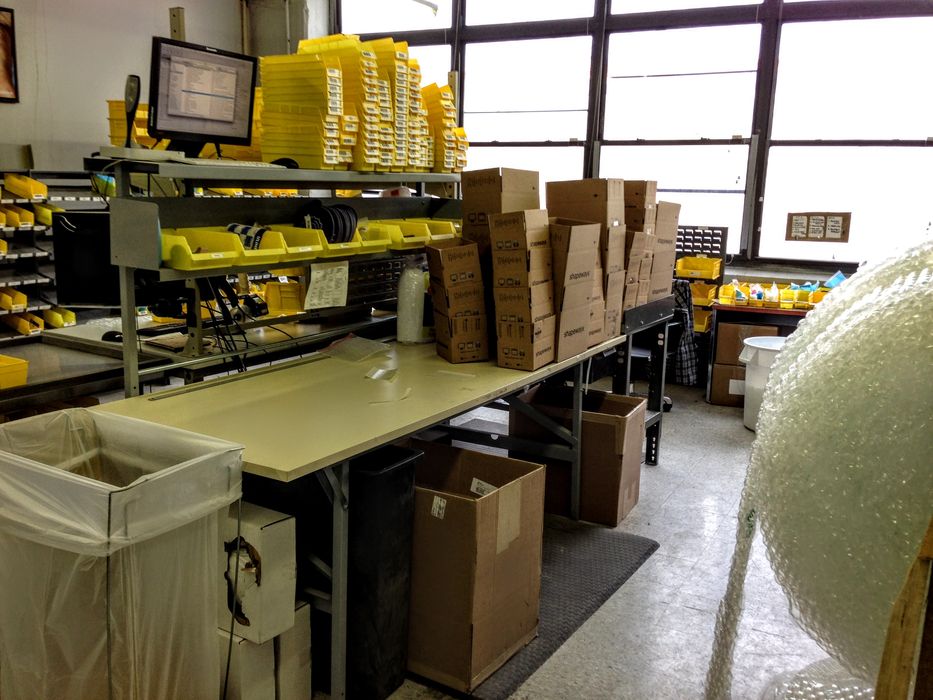
Shapeways has been gradually transforming over the past few years.
The last time I visited Shapeways in person was way back in December 2012. At the time the company was still strongly focused on the consumer angle of 3D printing. The idea was that 3D printing was complex and inaccessible to some, so their service provided an easy on-ramp.
Later, the company added the ability for designers to host online stores where their sophisticated designs could be 3D printed and shipped on demand.

But times have changed. General consumers have lost interest in the technology, and those who are keener have their own equipment. In fact, the equipment has evolved significantly since Shapeways launched, with today’s gear being easier to use than ever before, and providing good quality output in a restricted set of materials.
Where did that leave Shapeways? Like many in their position, the company shifted towards more professional and industrial users. They had the cash to pay for prints, and most had little interest in learning how to print or acquiring and operating their own equipment.
As far as I can tell, Shapeways has mostly succeeded in this transformation.
One key element of their transformation strategy has been their “User Application Team”.
The “UAT” is a group of individuals who consult with Shapeways clients intending on producing higher volumes of parts. Again, this is unlike Shapeways’ original clientele, which typically required one-off prints only.
Shapeways explains their purpose in a recent blog post:
“This department controls production of quality parts, made to the customer’s specifications—whether they are intended for a component in an important aerospace application like a drone, a large-scale, 3D printed interior piece for an architectural firm, full-color miniatures for companies centered around the gaming industry, or perhaps even an electronic measuring device for home-brewing craft beer.”
The team’s role is similar to that of a concierge for higher-level clients. They work with clients to ensure the 3D models are not only 3D printable, but whether they should be 3D printed at all! It’s common for requestors to overly focus on 3D printing when in fact other making processes might be more suitable for the item.
The Shapeways UAT also manages the manufacturing process. One of the services they provide is the design of custom build trays. This is the physical arrangement in 3D space of the parts within a build volume for SLS 3D printing.
It may sound straightforward, but there’s a science to organizing a build tray in the most efficient manner. The effort to run a job takes the same time regardless of how many parts are in the job, so the game is to Tetris-in as many parts as possible using every conceivable geometric trick, while at the same time maintaining appropriate distances between parts. It’s a complex process and one that’s provided by Shapeways’ UAT.
It’s services such as the UAT that have helped Shapeways successfully transform into a more industrial market. And it’s also one that will allow them to enter the stock exchange later this year when they begin public trading.
Via Shapeways
